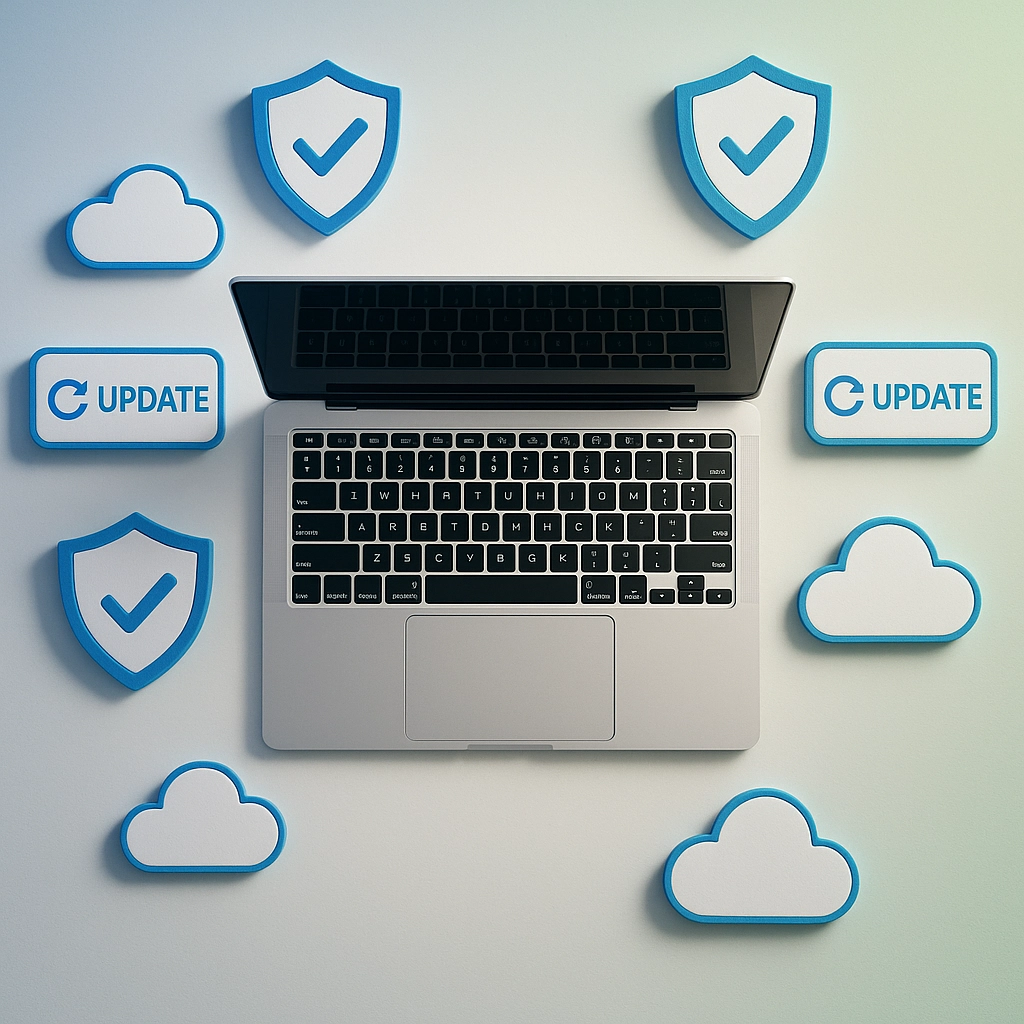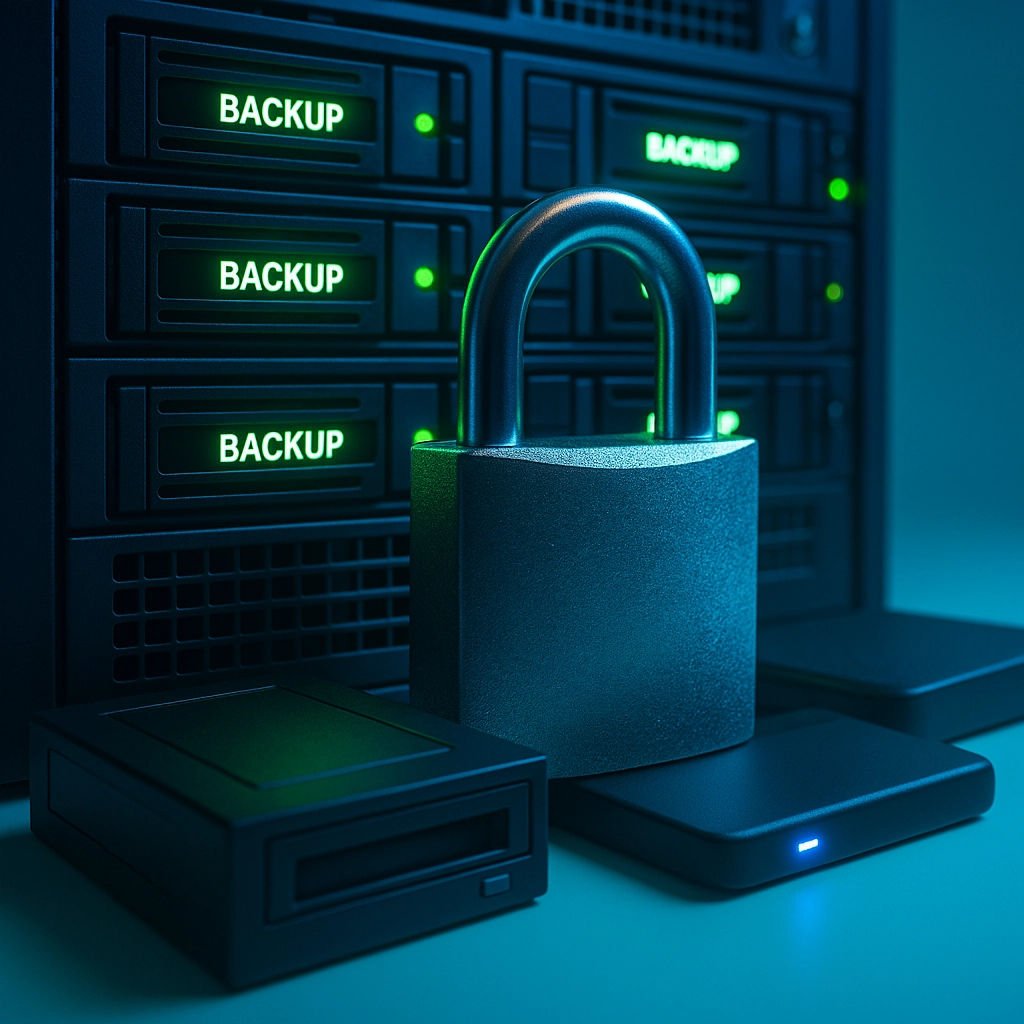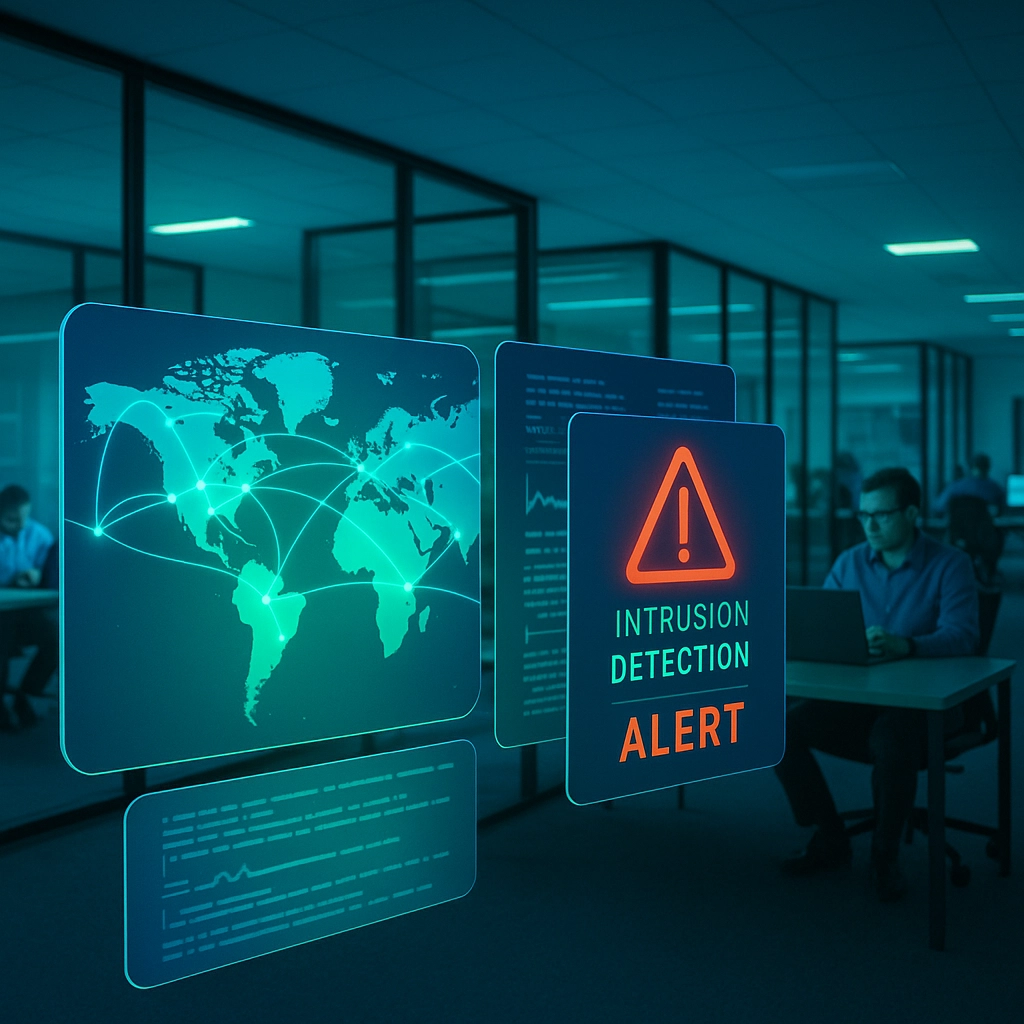Outsmarting Ransomware in 2025: Proven Strategies for Small and Mid-Sized Businesses
- Jahmar Childs
- Aug 25
- 4 min read
The New Reality for SMBs in 2025
Small businesses around Chicago, Lake County, and throughout the U.S. Midwest are on high alert: ransomware attacks are hitting closer to home, more often, and with devastating impact. With a 25% surge in incidents from last year and a sharp increase in data exfiltration, our region’s small and mid-sized businesses (SMBs) are no longer bystanders—they’re prime targets.
Did you know? In just the last six months, a reputable manufacturing firm in Lake County was hit with ransomware, resulting in over a week of operational downtime. They avoided paying the ransom, thanks only to a lucky set of recent backups—but their story isn’t unique. Nearly 82% of ransomware cases now hit organizations with fewer than 1,000 employees.
With 16 new ransomware groups emerging since January 2025, the threat is evolving and SMBs need smarter defenses to keep up.
Why SMBs Are Today’s Favorite Target
Why are Chicagoland SMBs on the radar? Simple: sophisticated attackers see more value in many “easier” small targets than one highly fortified giant. Most smaller organizations have great data—customer info, financials, intellectual property—but less time and fewer people dedicated to IT security.
Criminals count on:
Outdated systems and software left unpatched
Weak spots from remote work and bring-your-own-device policies
Untrained staff who may click a convincing link or respond to a phony request
While 98% of U.S. organizations report having a “ransomware playbook,” less than half have the pieces in place to actually stop or respond to an attack effectively. If you want real, workable ransomware protection, Chicago SMB leaders need to start with the following playbook.
1. Modern Access Controls: Shut the Door on Attackers
Most ransomware infections begin with compromised user accounts. Let’s close that door—for good:
Enforce Least Privilege: Give team members only the access they need. If you’re not sure, err on the side of “less.”
Mandate Robust Multi-Factor Authentication (MFA): Ditch SMS codes and instead roll out authenticator apps or FIDO2 hardware keys. Yes, even for staff who “never” work remotely.
Automate Employee Offboarding: Revoke access instantly (not “sometime next week”) when someone leaves. Old accounts are golden tickets for attackers.
Local tip: In a recent incident in Antioch, a single forgotten admin account allowed attackers to slip inside unnoticed for weeks.
2. Patching: Don’t Just Set It and Forget It
Attackers rarely “hack”—they usually log in with info exposed by missing security updates.
Turn on Automatic Updates Wherever Possible: For servers, laptops, and cloud software.
Set a Formal Patch Schedule: High-risk systems (firewall, email) get patched weekly; others monthly.
Centralize Inventory: Keep track of every device and software version—especially important with remote teams.
Monitor for Vulnerabilities: Make sure your tools report out-of-date systems, so nothing falls through the cracks.
Did you know? Unpatched software remains the entry point in nearly 60% of successful ransomware attacks.

3. Air-Tight Backups: Your Digital Life Preserver
Even cyber experts get caught off-guard. If (or when) you get hit, a solid backup plan is what stands between a hiccup and a full-blown disaster.
3-2-1-1-0 Rule:
Encrypt & Separate: Never store backups on the same network as critical systems.
Test Restores Quarterly: A backup you can’t use is worse than none at all.
Vary Frequencies: Critical systems? Back up hourly. Others? Daily might suffice.
80% of breaches result in costly data loss because companies either didn’t back up properly, or backups were also infected.
4. Multi-Layer Security: Think Like a Castle, Not a Fence
No single security tool is foolproof, but together, they’re a fortress.
Protective DNS Service: Blocks many bad domains before users ever get the chance to click.
Intrusion Detection System (IDS): Set up alerts for strange network behavior—these systems are now affordable for SMBs.
Network Segmentation: Keep your payroll and billing networks separate from employee email and guest Wi-Fi.
Sandboxed Browsers: Isolate risky internet activity, keeping ransomware trapped.
Attackers must defeat several layers—usually, that’s enough to make them move on to someone else.

5. Employee Training: Make Humans a Security Strength
In 2025, phishing emails and “deepfake” phone calls are more convincing than ever.
Role-Specific Training: Your accountant and your marketing intern face different threats—train accordingly.
Quarterly Phishing Drills: Don’t make training a once-a-year checkbox; keep it regular and realistic.
Blame-Free Reporting: Encourage everyone to report mistakes fast so you can respond instantly—no judgment.
Firms investing in regular, relatable security training see 51% fewer breaches than those treating it as a once-a-year afterthought.
6. Prepare, Respond, Recover: The Fast-Action Ransomware Playbook
Even with perfect prevention, some attacks get through. A good game plan should answer:
Who’s in Charge? Have a simple, written chain of command for declaring an incident, isolating systems, contacting customers, and law enforcement.
What Gets Shut Down First? Containment protocols—what is isolated, and how, within minutes not hours.
Where Are Clean Backups? Know the location of safe, tested recovery backups and infrastructure.
How Will We Communicate? Have ready-made notifications for your team, partners, and, if necessary, the media/regulators.
Organizations with a tested response plan bounce back 3x faster and lose less reputation and revenue than those without one.

The 2025 Ransomware Checklist for Chicago SMBs
Here’s your express reference for what actually works:
✅ Regular, tested backups (3-2-1-1-0, offsite, encrypted)
✅ Multi-factor authentication for all users and admins
✅ Automated patching and strict software inventory
✅ Employee security awareness training with quarterly drills
✅ Multiple layers of network security (DNS, IDS, segmentation)
✅ Written, rehearsed incident response plan
Ready to see how your business stacks up? Vertex Tech Management offers a free IT Health Check—no strings attached. We’ll help you measure where you’re strong, spot weak points, and build a customized defense. Book your session here: vertextechmanagement.com/booking-services-sitemap.xml
Why Vertex Tech Management?
We’re not your average IT company. Led by U.S. military veterans, Vertex brings precision, reliability, and a never-say-quit attitude to every client relationship. We know what it’s like to defend against relentless threats—because many of us have done it on the global stage. We’re proud to keep Chicago, Lake County, and Northern IL businesses secure, productive, and resilient, no matter what tomorrow holds.
Don’t wait to become a headline. Get your free IT Health Check today and let’s make your business a hard target in 2025
Schedule your free IT risk assessment today.
Comments